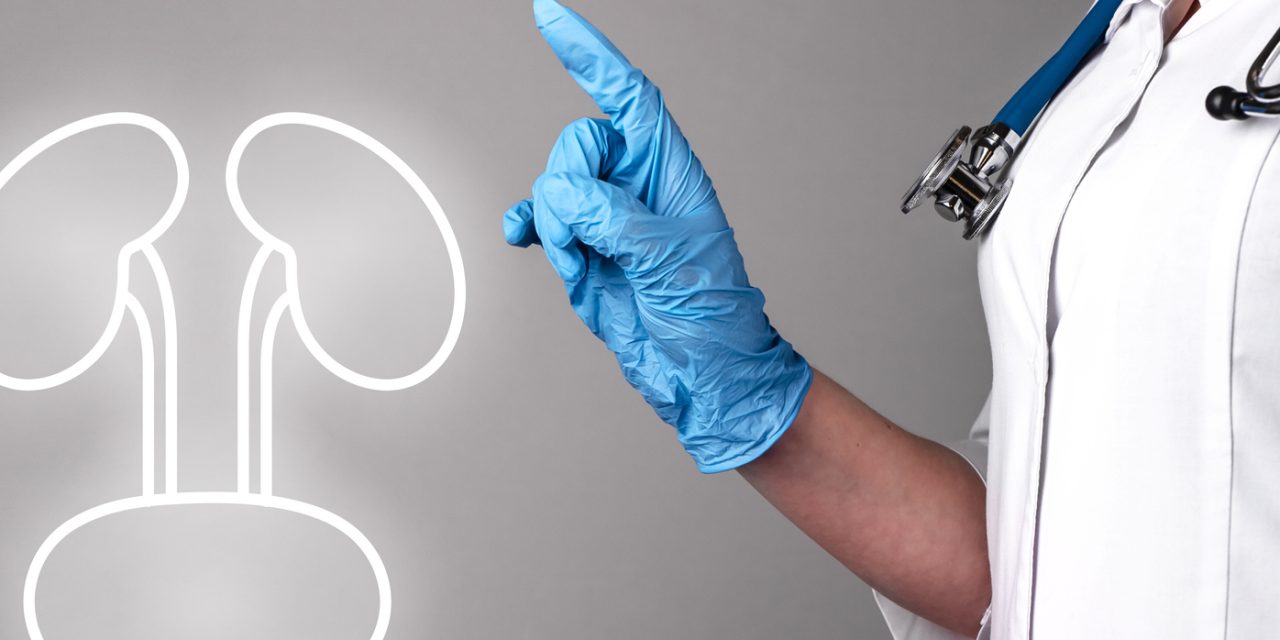Hypogonadism is a very frequent endocrine disorder. In this review, researchers focused on the most recent guidelines for evaluating pituitary function in males with hypogonadism signs and symptoms. Adult-onset hypogonadism must be distinguished from primary (testicular) and secondary (pituitary-hypothalamic or central) hypogonadisms. When gonadotropin levels were abnormally low or normal, the doctor examined reversible reasons in the hypothalamus-pituitary axis. It was also crucial to be aware of the drawbacks of testosterone testing. Other pituitary hormone activities, as well as pituitary magnetic resonance imaging, were required if it was clinically appropriate. It was also important to remember that pituitary incidentalomas were rather prevalent. Patients with macroprolactinomas were more likely to experience sexual dysfunction, while those with macroprolactinoma were more prone to experience mass effect symptoms. Some pituitary tumors that were functioning respond to medication, while others that were nonfunctional require surgery.
It is critical for the doctor to know how to work up a hypogonadal patient with pituitary dysfunction and when to refer to an endocrinologist or a neurosurgeon.
Reference:link.springer.com/article/10.1007/s11934-019-0935-z


